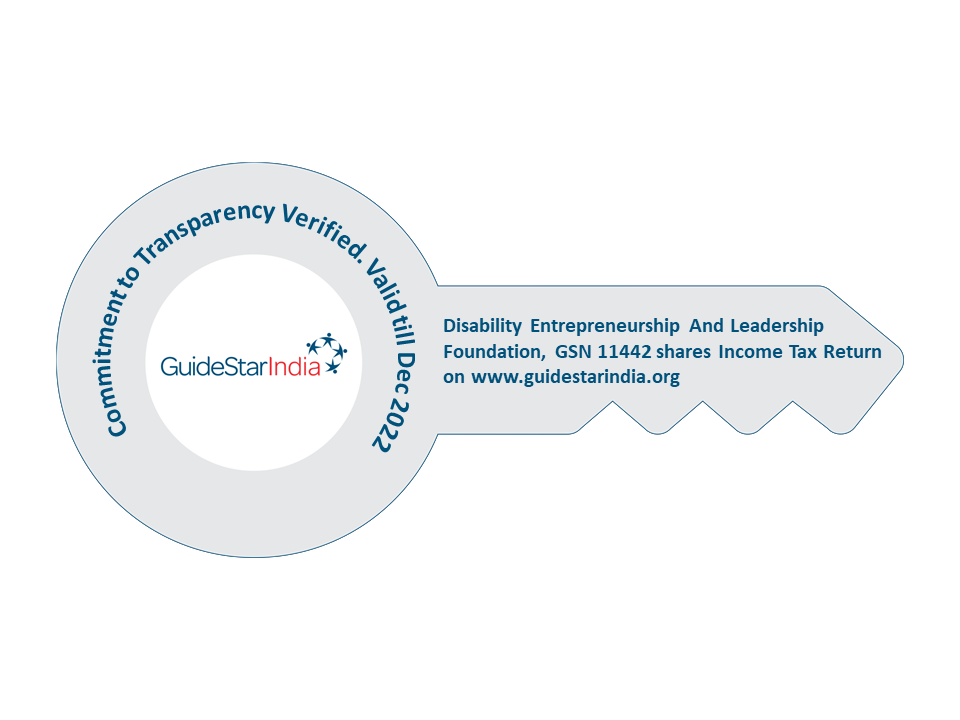The society today comprises of different kinds of people. People belonging to different gender, speak different language, follow different culture etc. Likewise the society also consists of persons with disabilities who are not different from anybody else; only lack some functions that a normal person doesn’t.
More often than not, we tend to come across one or more persons having a disability and are in a state of panic or blissful ignorance of them only due to the lack of awareness as to how or what exactly needs to be done when we actually come across someone with a disability.
Therefore, disability etiquette is a very essential subject that needs to be understood and practiced in order to have a smooth experience.
The first thing that needs to be kept in mind when coming in contact with a person with a disability is the way to offer a hand shake.
It is always good to wait for the person having a disability to offer a hand shake. This is because, due to one’s disability, the person may not feel comfortable or in some cases may not even be able to offer a hand shake; this may cause uneasiness on the part of the person having a disability.
Most times, a person with a disability is seen accompanied by another person and we tend to commit the mistake of talking to the person accompanying the disabled person rather than talking directly to the person. One needs to understand that most people with a disability can speak for themselves; therefore it is wise and polite to address questions one may have about the person directly and wait for an answer from the person rather than talking to the accompanist. By doing this, first of all the person seeking answers may not get a full-fledged and a proper response if it doesn’t come directly, and also it can cause the person with a disability to feel isolated or left out.
On the contrary, in some cases, a person with a disability can be seen alone with no one to accompany. It becomes most tempting for us to offer assistance in such times. But it is important for us to understand that not every time the person would need assistance, the person would have had the disability for a long time now, and would have made things comfortable and providing assistance when not required can only spoil things for the person rather than doing him good. Therefore the best approach to follow in this case would be is to ask before offering assistance.
The other important best practice that most of us forget is to treat a person with a disability exactly the way one would like to be treated, we need to understand that just because the person is seen having a disability, the person’s emotions and the way he perceives things are no different. By treating the person differently we only make the person feel small and uncomfortable.
One also needs to ensure that if there are persons with disabilities in families or a work place, they need to be included in conversations, outings, functions etc. unless it causes discomfort or extra effort that the disabled person wouldn’t want to take.
When referring to a person with a disability either to the person himself or to someone else, it is important to refer to them as “person with a disability” rather than quoting his nature of disability or using the term handicap or retarded.
Finally when addressing a person with a disability it is always important to address the person using his name as the person wouldn’t be aware if we fail to do so.
Disability Entrepreneurship And Leadership (DEAL) Foundation works across the districts of Gadag and Bengaluru to promote sustainable livelihood opportunities for persons with disabilities. Providing awareness on disability etiquette and ensuring that it is practiced is one of the major work that the foundation under takes.
For any questions one may have about the blog, please write to us at info@deal-foundation.com.
And to know more about the work we do, please log on to www.deal-foundation.com


 Awarded by Guidestar India
Awarded by Guidestar India